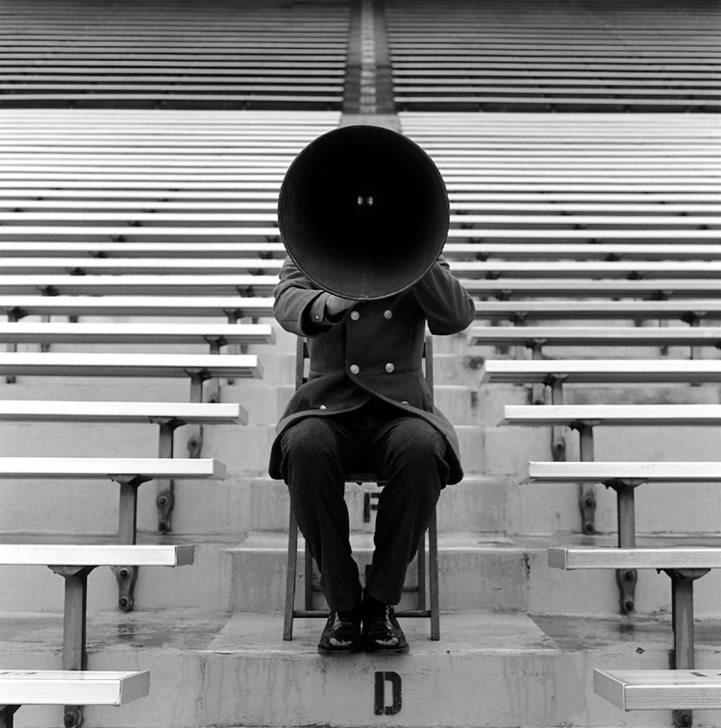C9 Hotelworks New Phuket Hotel Report Released
Robust passenger arrivals in the second half of 2019 highlighted by growth in Indian tourists helped rebalance the island’s tourism sector according to the C9 Hotelworks newly released Phuket Hotel Market Update. The addition of direct flights from Mumbai, Dehli and Bengaluru propelled numbers by 298% versus the same period in the previous year.
In 2019, year-on-year passenger arrivals declined in Q1 (-4%) and Q2 (-7%) due to international economic volatility, China-US trade tensions, and a strong Thai baht. Long-haul travelers from Australia and European countries (led by Scandinavia, Germany, and Italy) shrank. Moreover, Chinese arrivals moved into troubled territory with a negative year-on-year growth rate of -9%.
However, passenger arrivals notably regained momentum in Q3 (3%) and Q4 (8%). The demand came from regional Asian feeders (led by India, Malaysia, and Singapore). Overall for the year passenger arrivals in 2019 are forecasted to be similar to 2018, but punctuated by a H2 rising trend. In 2019, the total number of passenger arrivals at the Phuket International Airport is forecasted to be 9,109,487, with the December year-on-year monthly 2019 figure forecasted to be up by 8%.
Citing recent media reports about Phuket’s hotels being half empty, C9’s Managing Director Bill Barnett stated “current 2019 data that reflects over 9 million passenger arrivals at Phuket International Airport, and hotel occupancy levels for the year in the low 70’s is contrary to the media claims which are largely unsupported by a lack of metrics. While 2019 saw a slight drop in occupancy, and marked reduction in average rates and RevPAR, these are mainly attributed to an appreciating Thai baht and reaction to increased competition in leisure destinations. The latter part of 2019 trending showed higher demand which is encouraging but seasonable challenges remain a key challenge.”
Looking at key hotel performance trends, the second half growth spurt in demand drove full-year market-wide occupancy to 72% according to data from STR, which is 3% lower versus the 2018. Rate pressure remains intense and a challenge to RevPAR; with Thai currency appreciation set to continue in 2020. Two key metrics that were impacted was a drop in island average rates by 6%, and the knock on impact to RevPAR that also stepped back by 10%, largely driven by lower room rates.
Tourism receipts in Phuket for the period January to November 2019 tallied THB416 billion.
A key airlift factor is direct flights and diverse destinations. Comparing Mainland China with 21 destinations from 22 airlines and Russia with 34 destinations from 8 airlines, the number of Indian arrivals from 3 cities and 2 airlines is anticipated to see continued market penetration and upside in 2020 and beyond.
Phuket’s developing surge has continued with 57 properties under development in the pipeline representing 15,277 new keys. Over 50% of the incoming supply are hotel managed residences or real estate led projects.
In 2020, 5,009 new keys from 21 properties will enter the island hotel supply, which is a 6% increase. The majority of future pipeline developments are in upscale and midscale tiers.
To read and download the full report CLICK.


